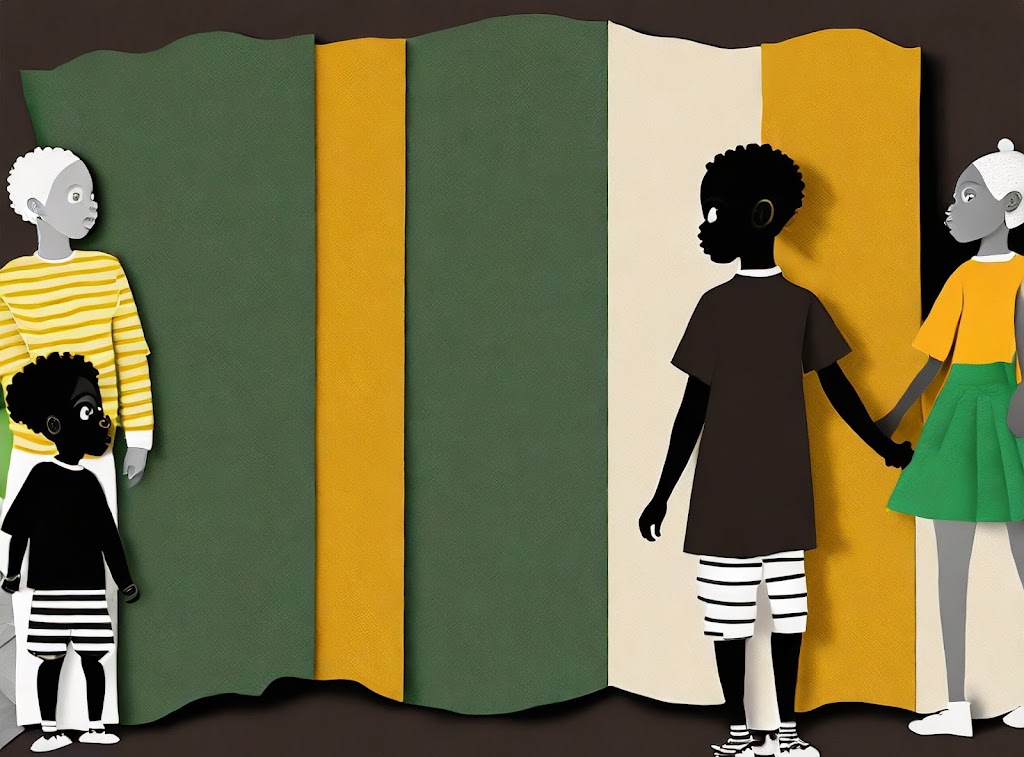
Albinism in Africa: Being Black in a White Skin
 |
In recent years, there has been a growing movement that seeks to amplify the voices of individuals with albinism. The United Nations has recognized this cause, designating June 13 as International Albinism Awareness Day to shed light on the rights of persons with albinism. However, in certain African countries, those with albinism not only endure discrimination but also grapple with poverty, stigma, violence, and even fatalities. Women giving birth to children with albinism face repudiation from their spouses, with their offspring often abandoned or victims of infanticide.
Within sub-Saharan Africa, over 200,000 people with albinism lack education and access to the sun protection essential for their well-being. Apart from facing discrimination and persecution fueled by superstitions, the primary factor contributing to their heightened vulnerability is sun exposure. Skin cancer claims the lives of 9 out of 10 individuals with albinism before the age of 30.
Negativity and misunderstanding from their communities, coupled with persecution by unscrupulous individuals seeking power and wealth, further afflict people with albinism. In various parts of East Africa, a belief persists that body parts of individuals with albinism bring great prosperity. Limbs, hair, nails, and genitals are highly sought after by witch doctors, instilling constant fear in the lives of those with albinism. Furthermore, they often face exclusion from education, limited income opportunities, and a lack of access to basic medical care, leaving them ill-equipped to protect themselves adequately from the sun.
Albinism, an inherited condition resulting in little or no melanin production, manifests in very pale skin and hair. Individuals with albinism may have lighter-colored features compared to family or ethnic peers, stemming from recessive gene alleles. The condition, affecting all vertebrates, including humans, arises from the absence or defect of tyrosinase, a copper-containing enzyme crucial for melanin production. Symptoms such as pale skin, hair, and eyes, patches of missing skin pigment, crossed eyes (strabismus), rapid eye movements (nystagmus), vision problems, and light sensitivity (photophobia) are prevalent among those with albinism.
While a cure remains elusive, adopting preventive measures such as sun avoidance, wearing sunglasses, protective clothing, hats, and regular sunscreen application can significantly safeguard their skin, hair, and eyes.
The term ‘Being black in a white skin’ aptly describes albinism, as individuals with this condition often exhibit light hair, skin, and eyes, yet share facial features and hair textures resembling those of Africans. Born into black African families, people with albinism tend to identify with the black community, yet their physical differences preclude fitting neatly into either racial group. Regardless, they are human beings deserving inclusion and a voice in all facets of life, including decision-making.
It is crucial to acknowledge the efforts of organizations like Unicef and various NGOs in championing the rights of people with albinism. While strides have been made in ensuring inclusive education and opportunities for individuals with albinism, the journey doesn’t end there. Affording fair chances for albinos to compete in society is a collective responsibility. As the saying goes, “Do not judge a book by its cover”; unlocking the untapped potential within individuals with albinism requires affording them both safety and equal opportunities.
To achieve this effectively, the government’s response should be guided by prioritizing the best interests of those involved. This involves striking a balance between one’s protection and safety, preserving the family environment, and upholding other fundamental rights. Simultaneously, there is a need for a concerted effort to educate the population in the poorest countries of Sub-Saharan Africa. This can be achieved through the development of new educational policies at the grassroots and national level.
Aside from implementing educational programs to raise awareness about albinism, addressing misconceptions and fostering understanding, the media could play a role by providing accurate and positive portrayals of individuals with albinism, thereby challenging stereotypes and promoting inclusivity. The community is not left out, they could organize community events that bring people together, which of course provide opportunities for interaction. This helps in fostering a sense of belonging. In essence, everyone has a role to play in every community; in Africa, albinos not exempted.